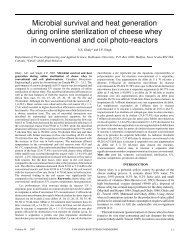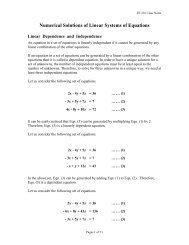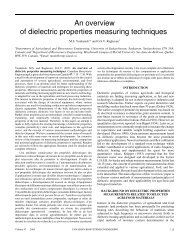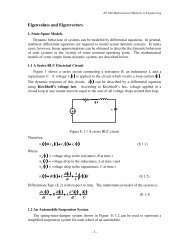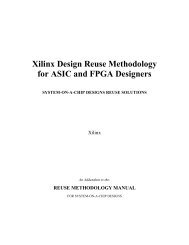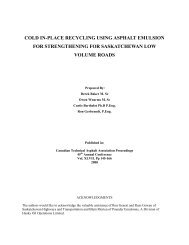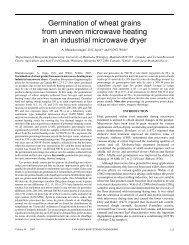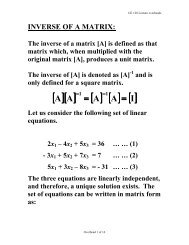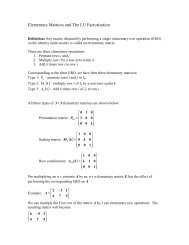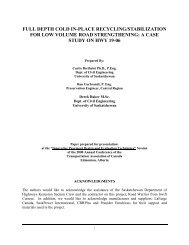development and testing of a portable palm tree pruning machine
development and testing of a portable palm tree pruning machine
development and testing of a portable palm tree pruning machine
Create successful ePaper yourself
Turn your PDF publications into a flip-book with our unique Google optimized e-Paper software.
1<br />
2<br />
3<br />
4<br />
5<br />
6<br />
7<br />
8<br />
9<br />
10<br />
11<br />
12<br />
13<br />
14<br />
15<br />
16<br />
17<br />
18<br />
19<br />
20<br />
21<br />
22<br />
DEVELOPMENT AND TESTING OF A PORTABLE<br />
PALM TREE PRUNING MACHINE<br />
K. M. Ismail 1 <strong>and</strong> K. A. Al -Gaadi 2<br />
1 Pr<strong>of</strong>., <strong>and</strong> 2 Assis. Pr<strong>of</strong>. at Dept. <strong>of</strong> Agric. Eng., King Saud University-Gassim, Saudi Arabia.<br />
ABSTRACT<br />
Palm <strong>tree</strong>s are considered to be very popular in the Kingdom <strong>of</strong> Saudi Arabia where over<br />
12 million productive <strong>tree</strong>s are planted throughout the kingdom (Bakry, 2000). The production <strong>of</strong><br />
dates requires a set <strong>of</strong> field operations. Unfortunately, most <strong>of</strong> these operations are not yet<br />
mechanized, thus, they are inefficiently conducted, costly, tedious <strong>and</strong> time consuming (Bakry,<br />
2000). One <strong>of</strong> the important field operations is the <strong>tree</strong> <strong>pruning</strong> which is widely conducted<br />
manually using a conventional h<strong>and</strong>-held saw. Therefore, an AC-operated <strong>portable</strong> <strong>machine</strong> was<br />
developed to mechanize the <strong>pruning</strong> operation. The performance <strong>of</strong> the <strong>machine</strong> was tested.<br />
Power, energy, <strong>and</strong> time <strong>of</strong> cutting were considered for evaluating the <strong>machine</strong>’s performance. It<br />
was found that the relationships between moisture content <strong>of</strong> petioles (MC) <strong>and</strong> power, energy<br />
<strong>and</strong> time required for cutting were all significant, where the determination factors were 0.86,<br />
0.71, <strong>and</strong> 0.81, respectively. The results revealed that both energy <strong>and</strong> time required for cutting<br />
were proportional to the MC. The mean value <strong>of</strong> energy required to cut 1 cm 2 <strong>of</strong> petiole cross<br />
section area was 35 W.sec at 70% MC, while it was 12 W.sec at 10% MC. The average time <strong>of</strong><br />
cutting was 3.5 sec/cm 2 at 70% MC, while it was about 1 sec/cm 2 at 10% MC. However, the<br />
power required for cutting was found to be inversely proportional to the MC. A power <strong>of</strong> 28<br />
W/cm 2 was required at 10% MC, while only 10 W/cm 2 was required at 70% MC.<br />
Keywords: Palm <strong>tree</strong>, <strong>pruning</strong>, energy, power, time, performance, cutting.<br />
1



